With one eye on the past: C W Dixey & Son
Simon Palmer, director of the famous London eyewear company talks about supplying royalty and taking inspiration from Churchill's spectacles
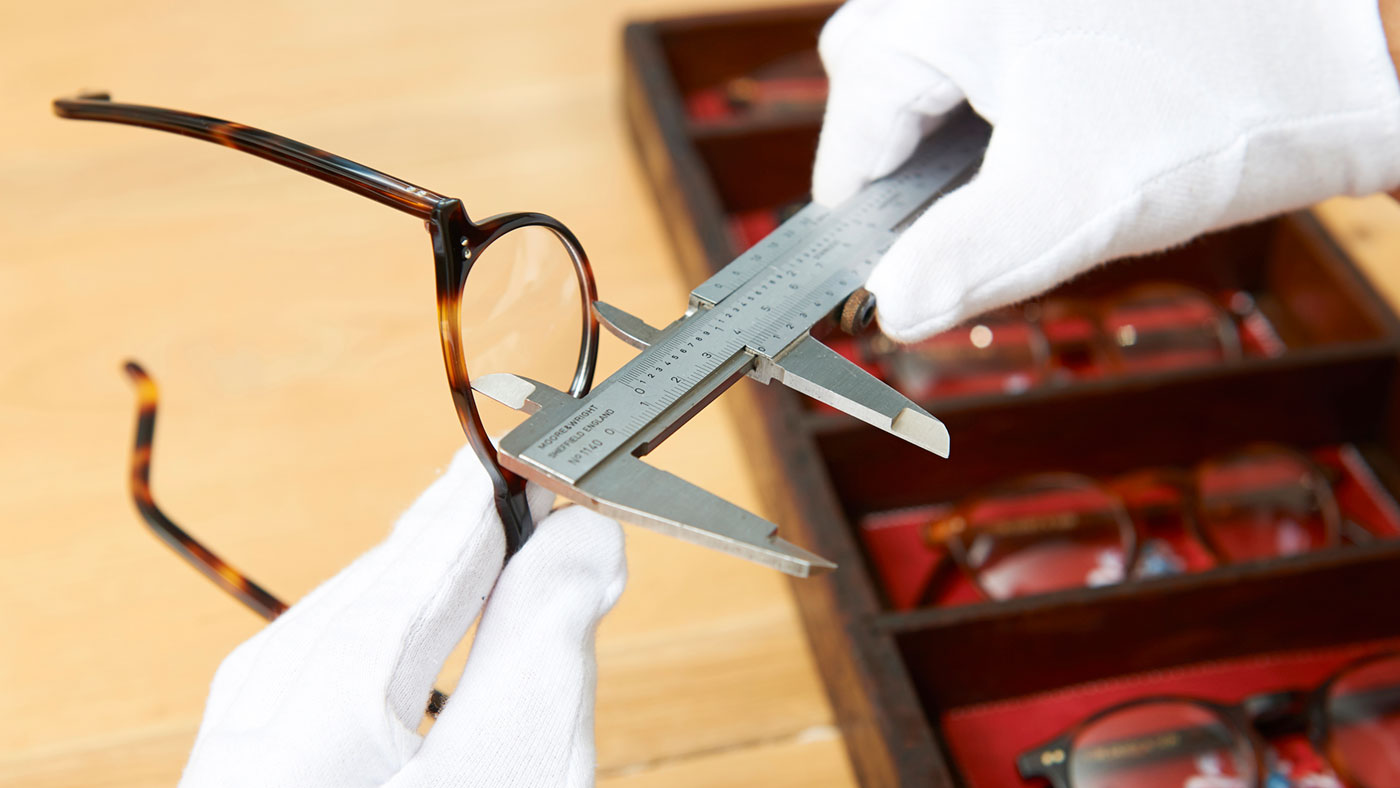
C W Dixey & Son is the oldest independent eyewear company in the world – we've traded since 1777 and always been a small independent British family firm. Founded at 3 New Bond Street in an old Georgian building, Dixey's started out as a maker of writing instruments and optical and mathematical precision instruments, like telescopes and sextants. Essentially, it produced things linked with lenses, as well as technological pieces needed for the navy.
The founder, William Fraser, was succeeded by one of his assistants who, despite the company holding royal warrants from both George III and IV, turned the building into a gambling den. The Dixey family got hold of the firm in 1824 with a view to restoring its former reputation. The business has always been owned by the families and friends of the senior directors who sold the company in 1929. My dad bought it in 1990 from his best friend, who was the owner at the time.
The pedigree is really unrivalled: since 1777 the royal family have awarded us 15 royal warrants from seven kings and queens of England. The royal houses of nine other nations have also been clients, as have the Emperors of China, France and India. Add to this nine British prime ministers, including Sir Winston Churchill, and a whole host of artists and writers who have been attracted to the company, including Tennessee Williams and Ian Fleming, creator of James Bond. I like to say that when you choose a pair of frames from C W Dixey & Son you join some of the most influential people in history.
The Week
Escape your echo chamber. Get the facts behind the news, plus analysis from multiple perspectives.

Sign up for The Week's Free Newsletters
From our morning news briefing to a weekly Good News Newsletter, get the best of The Week delivered directly to your inbox.
From our morning news briefing to a weekly Good News Newsletter, get the best of The Week delivered directly to your inbox.
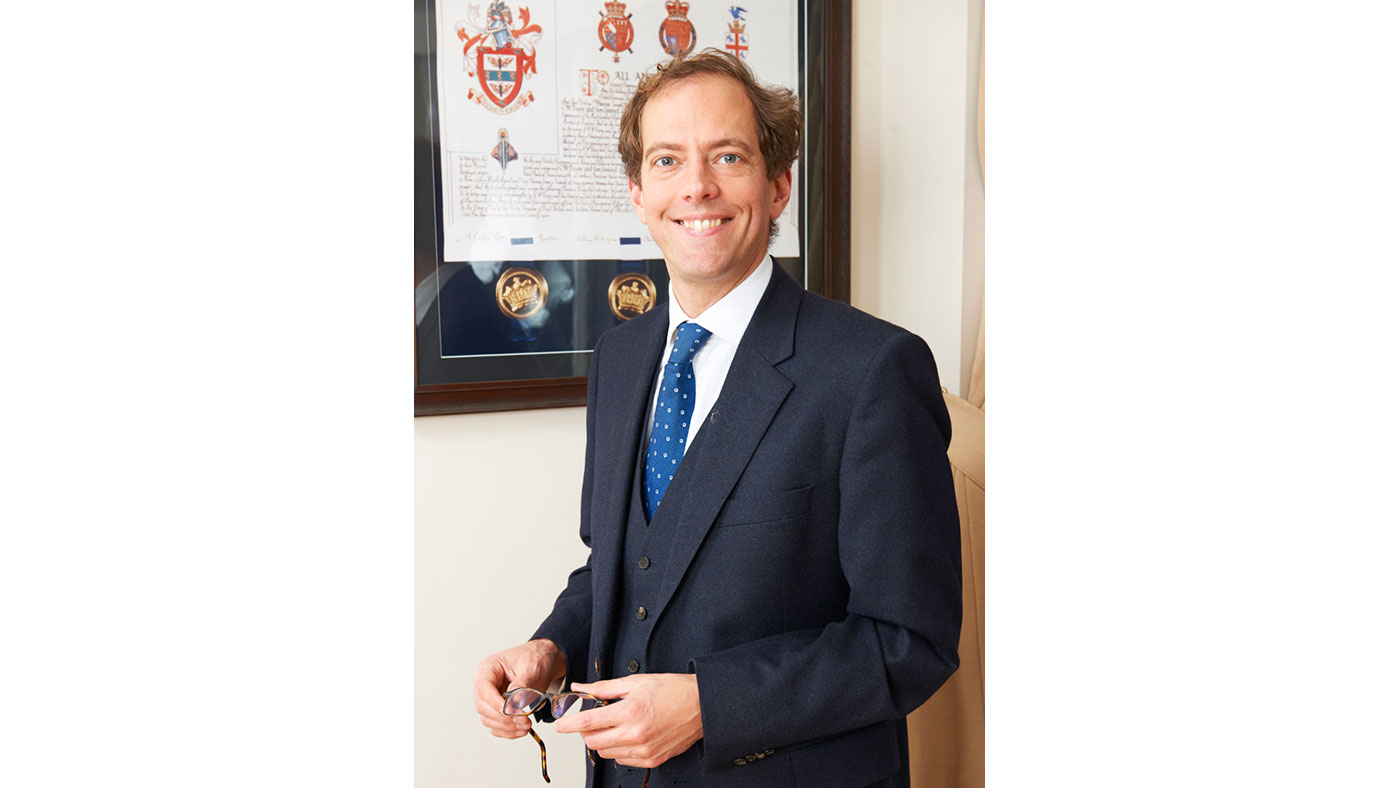
We have created some really beautiful pieces over the years. A lot of private collections are now going up for sale online, so we are constantly on the lookout for historic items to rebuild our archive. We tracked down a telescope made in London as a gift to Emperor Qianlong from the British government, which was trying to buy trading rights with China – they failed, but the telescope is amazing. Dating from the 1780s, in blue enamel and gold, it is decorated with pearls and the lens cover is a timepiece. Another beautiful piece is Napoleon's telescope, which came up for auction in the 1970s. This is covered in green leather and decorated with eagles and bees, which I believe were personal symbols for him. Ironically the Duke of Wellington was a customer too and he once complained by letter that we'd sent him a leather case in the wrong colour – he'd wanted a red one.
Innovation in lens design has always been a focus for us, with perhaps our most significant contribution being work on the development of the contact lens just before the Second World War. Unfortunately, our old Bond Street headquarters was blown up during the Battle of Britain, bringing to an end 160 years of history, and what the Luftwaffe didn't destroy, the London Fire Brigade finished off – I’ve got photographs of them shooting water through the windows.
Today the company has gone back to its roots and I have been creating the first new collection of frames in a generation. I decided to start by taking inspiration from Winston Churchill's round-eye frame. It was iconic, and he was a customer for 50 years. We measured seven of his original frames that were in several private collections and made an exact replica. This is called the Chartwell 1 – the entire new collection is called Chartwell, after Churchill’s country home. Then we took key design elements from that initial frame and flowed them through the rest of the collection.
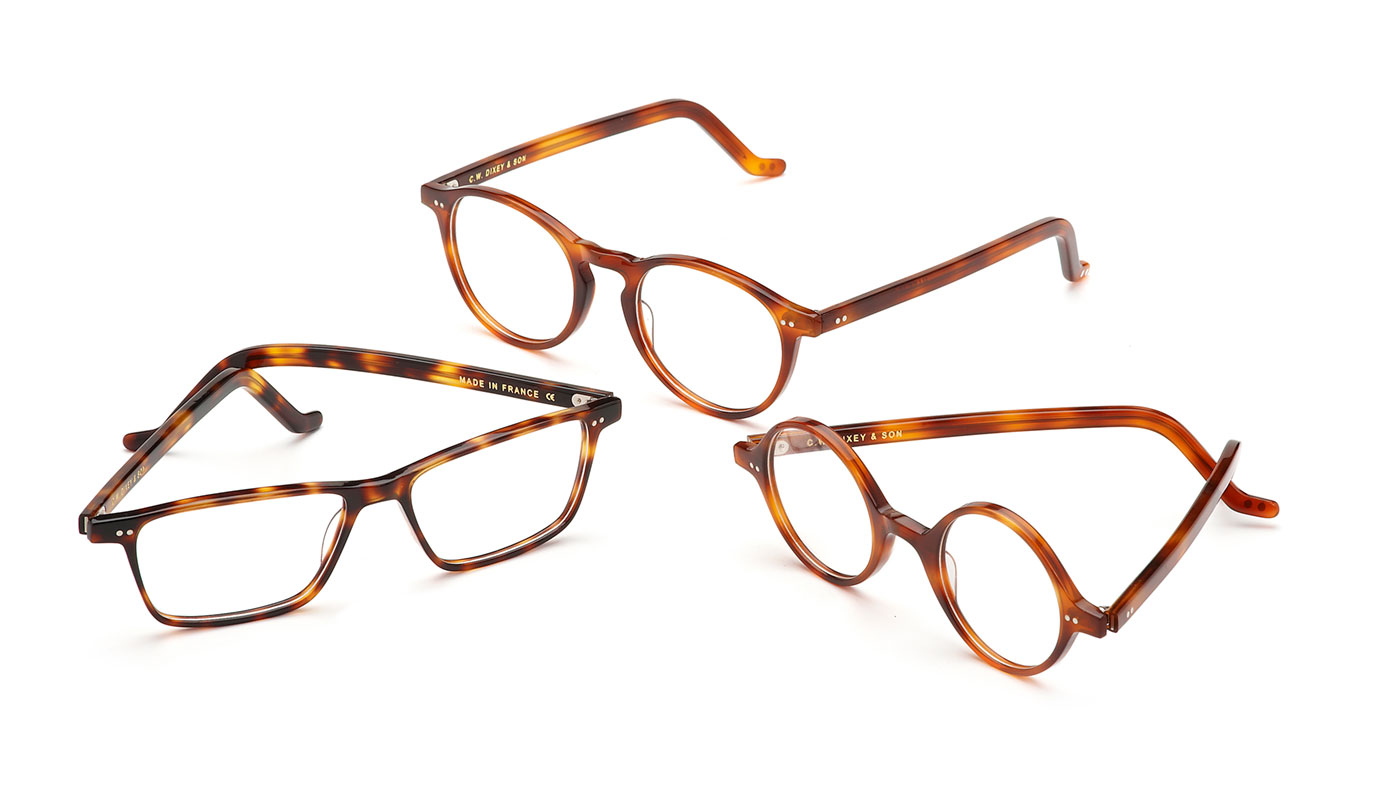
On the temple tips, there are double white dots. In September 1944, Churchill made a request for a temple with two white dots. It allowed him to tell his different frames apart – he had them for sketching and card playing and speeches. Two white dots were for speeches. Another interesting fact about Churchill was that just after the start of the Second World War, he cancelled his spectacles insurance; and five days after the war's end, he ordered a pair of glasses for painting.
A free daily email with the biggest news stories of the day – and the best features from TheWeek.com
The Chartwell collection originally came out in 2011, and since then we have tinkered with the design, adding new models and modifying old ones. It now has 17 designs and all are unisex. We still make Churchill's original circular style and frames known as 'pantos', which is the style that is apparently the most popular frame shape in the world, which makes sense as it mirrors the shape of the eyes. However, we have expanded to produce models that are more rectangular too.
All our glasses are made from Italian acetate, and colours are black and two shades of tortoise shell. The tortoise shell we have developed is matched as close as we could get to the real tortoiseshell that we used in the past. Styles are made in limited production runs to maintain the artisan nature of C W Dixey & Son.
However, although what we are doing is rooted in past design, we know that the models have to work for contemporary tastes. And it is contemporary habits and technology that have arguably led to a revival in our fortunes. Today, people are hunting for things online and looking deeper into brands. They want special things, and the internet means that a company like C W Dixey & Son can reach discerning customers all over the world.
C W Dixey & Son eyewear is available online at cwdixeyandson.com and from Connolly, 4 Clifford Street, London W1S 2LG, as well as from select independent opticians. All frames are priced at £380; cwdixeyandson.com
-
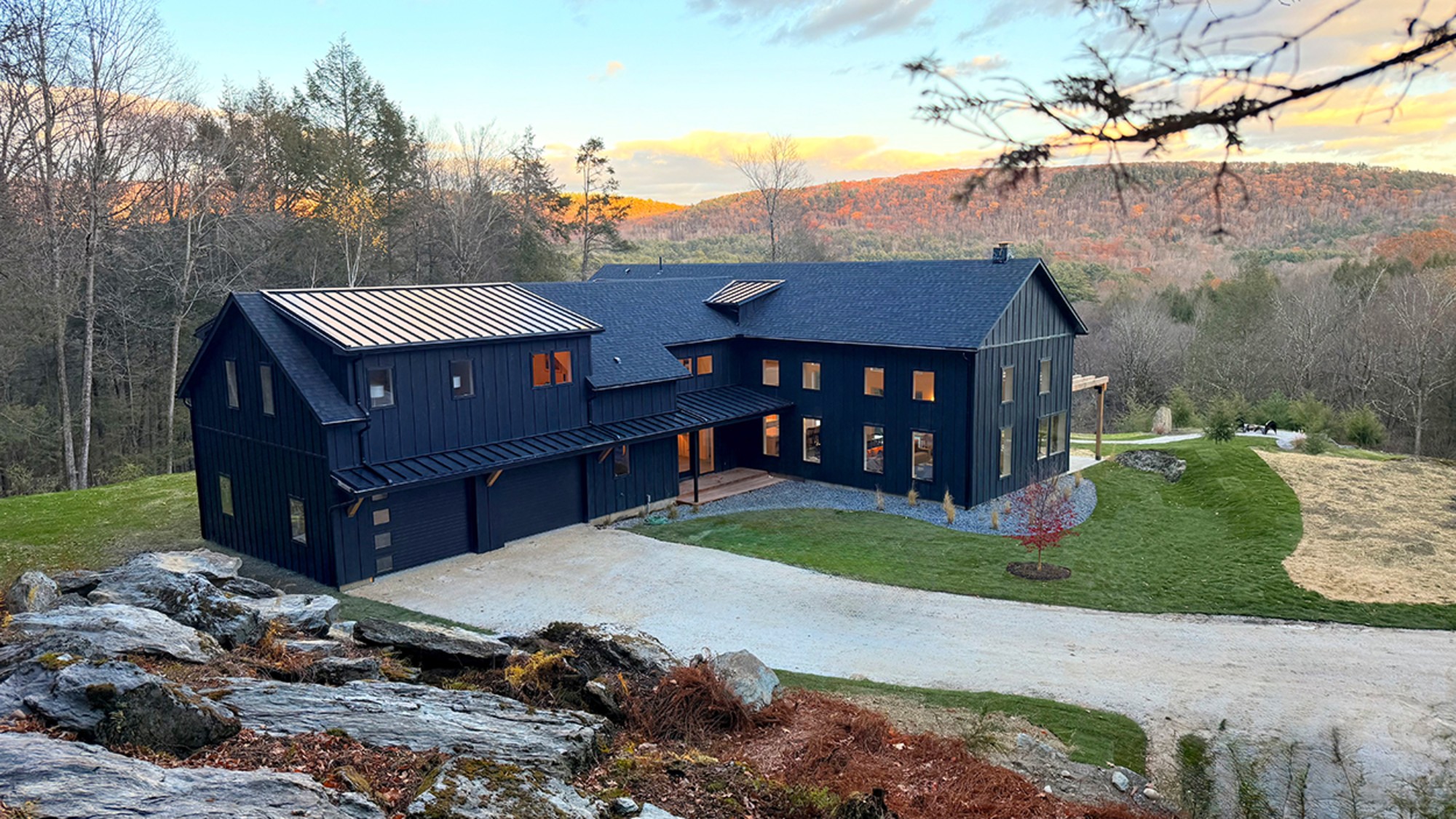 Homes with great fireplaces
Homes with great fireplacesFeature Featuring a suspended fireplace in Washington and two-sided Parisian fireplace in Florida
-
 Is $140,000 the real poverty line?
Is $140,000 the real poverty line?Feature Financial hardship is wearing Americans down, and the break-even point for many families keeps rising
-
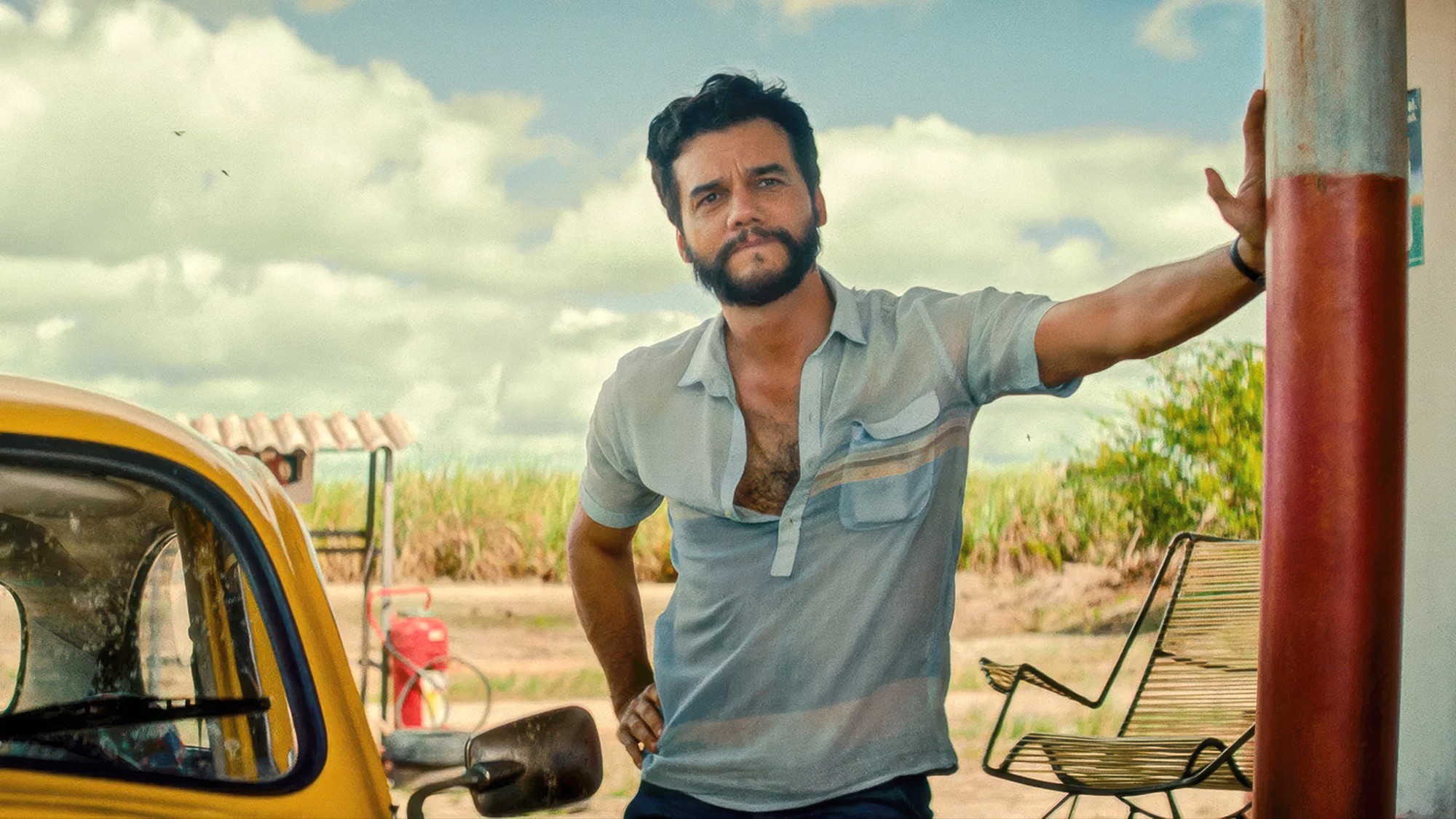 Film reviews: ‘The Secret Agent’ and ‘Zootopia 2’
Film reviews: ‘The Secret Agent’ and ‘Zootopia 2’Feature A Brazilian man living in a brutal era seeks answers and survival and Judy and Nick fight again for animal justice